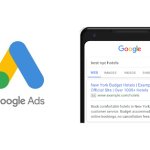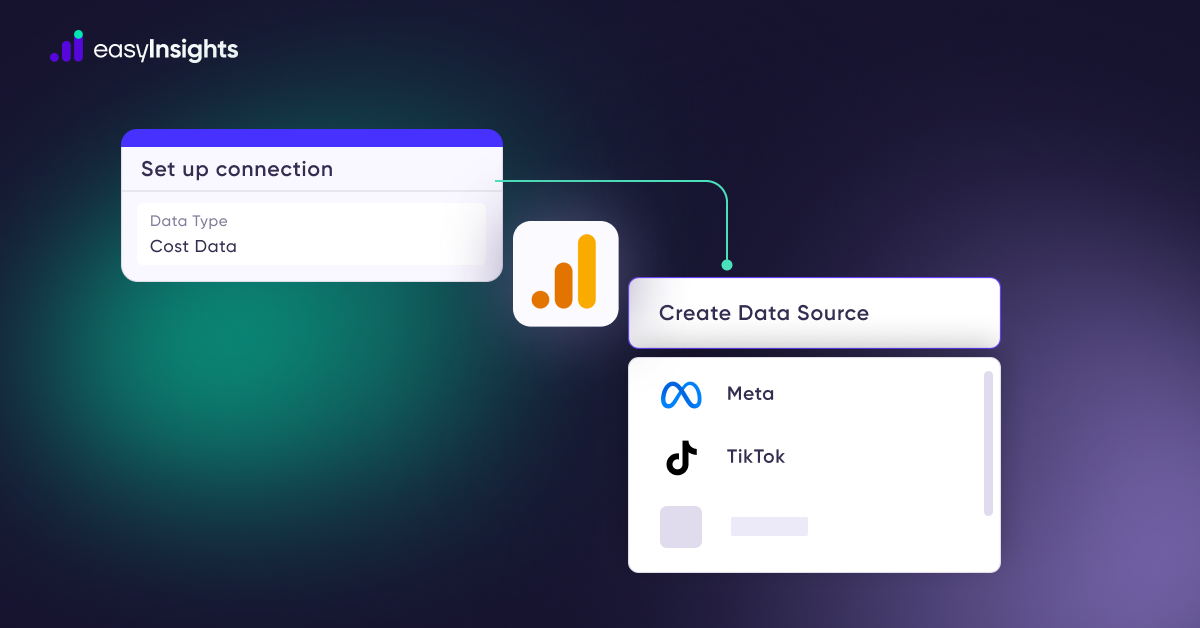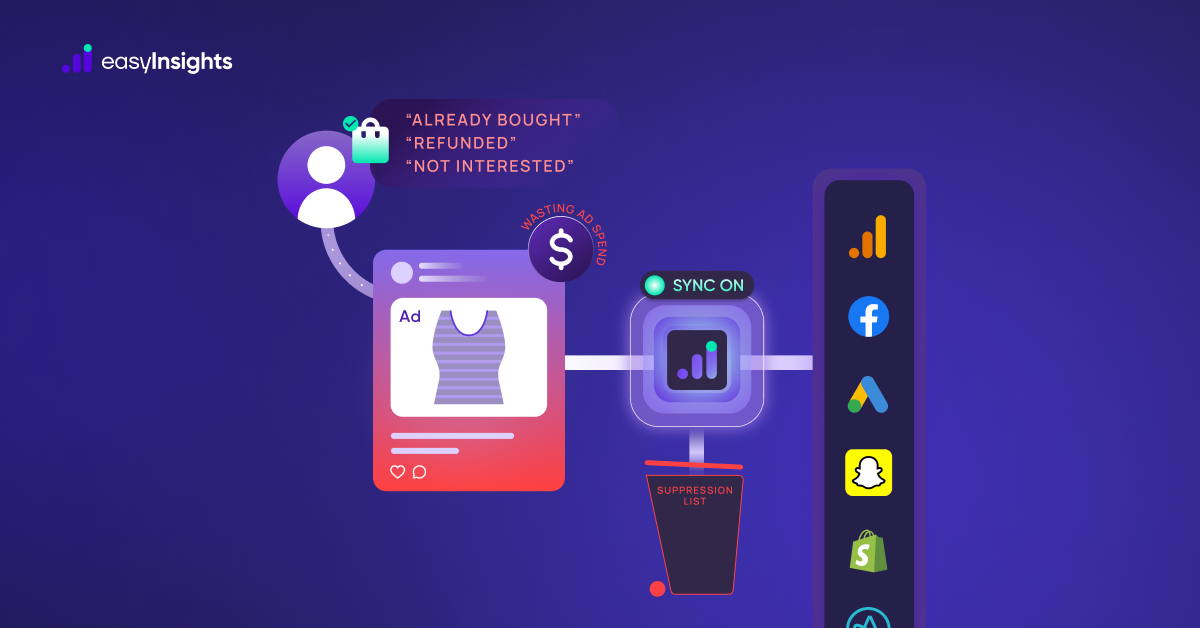In a world that is swiftly moving towards virtualization of markets, the importance of video and visual marketing on Facebook and Youtube is undeniably high and climbing higher every day. While there may be claims that no one clicks on Facebook ads, a recent study by bigcommerce.com showed that with over 2 billion active users, Facebook was easily making a whopping 4 billion dollars from ads alone.
With the pandemic driving everyone home and to virtual lands, one can only expect these numbers to be way higher. YouTube itself has over 1 billion users and, according to Business Insider, these users spend over 500 million hours watching videos on the platform.
In this world that looks forward to audiovisual experiences, a Facebook Live video and YouTube channel could garner brands more online attention, which could easily be turned into leads and, consequently, more sales.
Jump ahead to:
Understanding Facebook Ads

There are varied types of Facebook ads that exist out there and marketers can make use of them to pique interest, increase consumer engagement, and generate leads. They can run video ads, using the video views objective which optimizes one’s ads to ensure it’s shown to users who are most likely to watch the advert. One can promote one’s brand, page, posts, actions taken by users, and websites using ad marketing on Facebook. The several kinds of formats that advertisers can choose from while creating Facebook ads are listed below:
- Photo ads: these are advertisements that use one photo or a series of photos.
- Carousel ads: this format allows advertisers to put out a series of photo and video advertisements with links to the product or platform.
- Slideshow ads: these advertisements use motion and deliver the message through an audiovisual experience along with text.
- Video ads: advertising through videos using the different targeting options available on Facebook.
- Canvas ads: these advertisements take up the full screen to make it seem more life-like when accessed via or viewed on mobile phones.
- Dynamic Product Ads: these advertisements are designed to automatically promote products that a consumer has shown interest in, on various other websites that the user visits.
Additional Reading: Everything you need to know about Meta Advantage +
The Facebook advertising platform offers robust analytics and brands can micro-target their objective and specific audience. Facebook advertising is engaging, fast, cheap, and increases customer attribution, brand awareness, website traffic, blog traffic, email list, revenue, sales, and leads. It lowers the cost per acquisition. Facebook ads work in real-time, across platforms, and to improve the search engine ranking of a given website.
Understanding YouTube ads

YouTube is one of the world’s most popular websites with as many as 2 billion log-ins every month. The inexplicably wide reach of YouTube and various targeting options makes it very important in the list of websites to boost brand popularity or to promote a certain brand. The main types of ads on YouTube are:
- Skippable ads: if an advertiser chooses to go for this option, he pays for views on his ads that have gone beyond 30 seconds, lasted for the entire duration of the ad, or have led to user interaction/ clicks whichever of these actions happen first.
- Non-skippable in-stream ads (also, bumper ads): This is used when one is aiming for a wide lift in brand awareness. With non-skippable ads, advertisers pay YouTube for every 1000 views on their ad.
- Video discovery ads: Besides being a search engine, YouTube is also a social platform. Discovery ads get displayed alongside organic search results. Hence, if the video ad is more relevant to what the user is looking for than the original results, the user can choose to watch it instead.
- Non-video ads (overlays and banners): YouTube offers non-video ads as well. The two types are
- Display ads:these ads are inclusive of an image or text and appear on the right side bar along with the link to the advertiser’s platform.
- In-video overlay ads:these floating ads are found on the top of videos on business youtube channels.
Additional Reading: The Ultimate Guide to YouTube Analytics
YouTube has recently added the ‘lead from extension’ feature that allows swift and immediate capture of details or keywords from a lead and pre-fills automatically, for the user. This saves the advertiser the need to designate a landing page to capture the leads. YouTube ads have enormous reach and influence purchasing behavior in favor of the advertiser. It is easy to track ad metrics, advance targeting is available, and ROI is high across pricing options.
Differences between Facebook Ads and Youtube Ads
The key pointers that separate Facebook from YouTube are what each considers a view, the placement of the ads being shown, and how marketers can target their audience on each platform.
Counting a view
All Facebook video ads are played by default and any video that is played longer than 3 seconds is counted as a view. But YouTube only counts it as a view when someone sits through the entire 20-second duration of an ad.
Audio options
YouTube audiences are more likely to be consuming content with sound. But Facebook users may prefer to silently surf while in a public area. This, in turn, reduces the effectiveness of the video ad. The simple solution to this is, of course, to provide text-overlay.
Demographic targeting options
Facebook’s targeting options are much more defined and accurate when it comes to reaching an audience. For YouTube, one can choose to target by location, people’s web activity, age, gender, and interests. However, advertisers can not target people that belong to a certain age range and, thus, value is wasted.
On Facebook, one can target people who belong to a particular age group and show ads that fit their behavior on social media. Facebook has information on its users, allowing them to serve the ads to people who are most likely to take the action intended by the advertiser.
Cross-platform sharing
If they want to create video content that can be shared on other platforms, say, forums, blogs, and websites, it is YouTube that allows the aggregate of one’s videos on any platform. Facebook video ads cannot be shared outside of it. If a user doesn’t have a Facebook account, they may not be able to see a video, unless it’s set to public. YouTube will serve ads to users who aren’t logged in as well.
Additional Reading: Images or Videos for Facebook Ads – Which is Better?
Facebook vs YouTube: The Verdict
Both Facebook and Youtube can help in lead generation in different ways. However, YouTube is still preferred by marketers, who seek to use it to reach out to more consumers and make them aware of the services on offer. Marketers are often hesitant to try Facebook live, especially since youtube is way ahead when it comes to quality time watched.
Studies found that Facebook videos receive 40% more engagement and offer a number of objective types. The cost of running a Facebook ad is slightly cheaper. And, while a YouTube video view is counted only when the consumer sits through the full duration of a video i.e. 20 seconds, a Facebook view is counted after only 3 seconds.
While Youtube can be helpful for companies wanting to reach specific eyeballs, Facebook is a great option for direct response marketers looking to leverage video ad units to generate acquisition.
It is also important to know that, irrespective of their choice of site to put out ads, consumers would rather go for an audio-visual experience than actually go through the trouble of reading an entire advert.
As video advertising, owing to its multiple advantages, gets more and more popular, it is crucial that marketers acknowledge its perks and exploit the numerous angles that different platforms have to offer.
How EasyInsights can help you work better with Facebook and YouTube Ad Platforms

EasyInsights works with raw Facebook and YouTube data for data activation and data enrichment in a few key ways:
Data Collection and Transformation:
- EasyInsights connect directly to your ad platform allowing it to access and extract the raw data you’ve collected.
- Data Transformation: EasyInsights then cleans, normalizes, and enriches the data to make it usable for activation purposes. This may involve tasks like:
- Formatting data: Ensuring all data points are in a consistent format.
- Handling missing values: Filling in missing data points or removing them according to your preferences.
- Enriching data: Adding additional data points from other sources to create a more comprehensive picture of your customers.
Data Activation:
- Segmentation and Targeting: It allows you to segment your audience based on various criteria like demographics, behavior, and interests using the enriched ad platform data.
- Multi-channel Marketing: You can then use these segments to activate your audience across different marketing channels like email, social media, and advertising platforms.
- Customer Relationship Management (CRM): The data can be used to personalize outreach and interactions with customers within your CRM system.
- Marketing Attribution: EasyInsights can help you understand how different marketing channels contribute to conversions and optimize your marketing spend accordingly.
Key Feature:
- Offers features like customer data platform (CDP) capabilities, marketing automation, and campaign management tools.
- Focuses on reverse ETL (extracting data from your warehouse and sending it to marketing tools) and offers pre-built integrations with various marketing platforms.
EasyInsights is a marketer’s preferred tool for first party data activation.
In this age of cross-channel marketing, EasyInsights offers a comprehensive platform to collect, store, and transform all your first-party data.
EasyInsights enhances marketing campaign efficiency in a cookieless landscape with accurate ad signals. It helps brands step away from surface-level metrics and unleash the potential of first-party data to optimize marketing strategies, ensuring a superior Return on Ad Spend (ROAS). It does all this, while being a highly affordable no-code platform with an exceptional customer support apparatus.
Sign up for a demo today to see EasyInsights in action.








